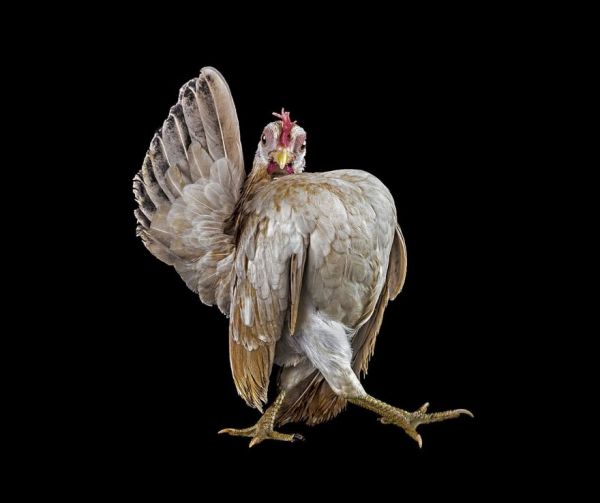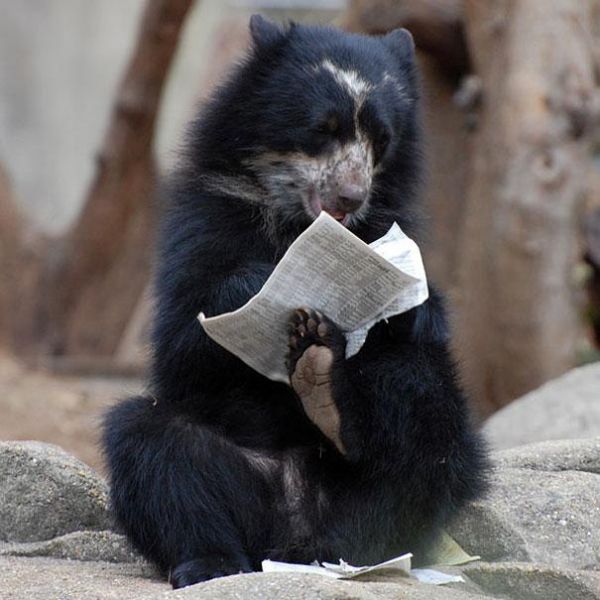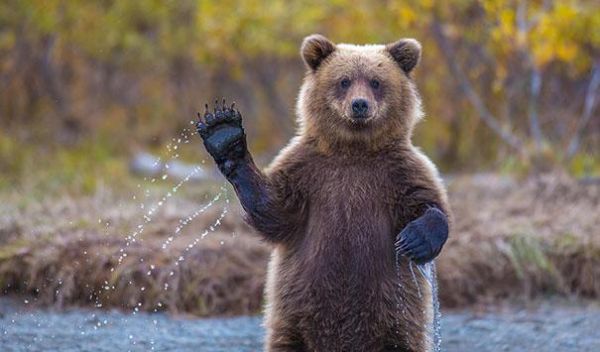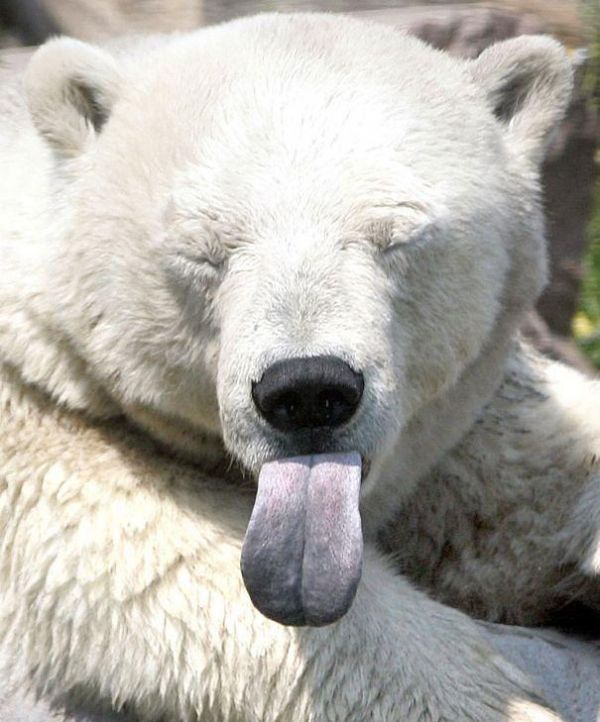It's Feral Flora and Fauna
Makes you wonder - just who is the smarter speices ...
and today's posts deal more with fauna than flora but give it time
and today's posts deal more with fauna than flora but give it time
Carolina Naturally is read in 196 countries around the world daily.
Today is - Square Root Day
Don't forget to visit our sister blog: It Is What It Is
Some of our reader today have been in:
The Americas
Cleveland,
Memphis, Baltimore, Stamford, Newark, Tampa, Pittsburgh, Manhattan,
Sacramento, Miami, Portland, Philadelphia, Davenport, Dallas,
minneapolis, Phoenix, Akron, Englewood, Tucson, Boston, Buffalo,
Lincoln, United States
Pikangikum, Mississauga, Regina,
Saskatoon, Ottawa, Vancouver, Montreal, Thunder Bay, Sioux Lookout,
Delta, Winnipeg, Toronto, Saint John's, Canada
Medellin, Bogota, Cali, Colombia
Managua, Nicaragua
Sao Paulo, Curitiba, Brazil
Lima, Peru
San Jose, San Pedro, Costa Rica
Europe
Slough, London, Maidenhead, Radlett, England
Piraeus, Athens, Greece
Zhovti Vody, Ukraine
Luxembourg, Luxembourg
Mostar, Sarajevo, Hadzici, Bosnia and Herzegovina
Lodz, Poznan, Gdynia, Warsaw, Kedzierzyn-Kozle, Poland
Vilnius, Lithuania
Veliko Turnovo, Bulgaria
Hrinova, Slovakia
Calais, Le Harve, Paris, France
Hellersdorf, Germany
Nicosia, Cyprus
Rome, Ivrea, Livorno, Milan, Pisa, Italy
Kista, Stockholm, Sweden
Frederiksberg, Denmark
Logrono, Bilbao, Madrid, Basauri, Magala, Spain
Bucharest, Slatina, Romania
Moscow, Ryazan, Aya, Russia
Istanbul, Turkey
Dublin, Cork, Ireland
Covilha, Portugal
Asia
Umm Salal Mohammad, Doha, Qatar
Kuala Lumpur, Sibu, Bayan Lepas, Kota Kinabalu, Shah Alam, Taiping, Malaysia
Bhubaneshwar, Bangalore, Mumbai, Coimbatore, Chetput, Delhi, Cochin, Shillong, Kolkata, Pune, India
Esfahan, Tehran, Tabriz, Iran
Thanh Pho Ho Chi Minh, Vietnam
Guangzhou, Shijiazhung, China
Al Hudaydah, Yemen
Ad Dammam, Riyadh, Ad Dilam, Saudi Arabia
Jakarta, Depok, Surakarta, Indonesia
Colombo, Kandy, Sri Lanka
Islamabad, Pakistan
Port Louis, Quarte Bornes, La Dagotiere, Mauritius
Hong Kong, Hong, Kong
Vientiane, Laos
Bangkok, Thailand
Beirut, Lebanon
Osaka, Japan
Africa
Accra, Ghana
Algiers, Algeria
Ouagadougou, Burkina Faso
Johannesburg, South Africa
The Pacific
Sydney, Brisbane, Fortitude Valley, Melbourne, Australia













